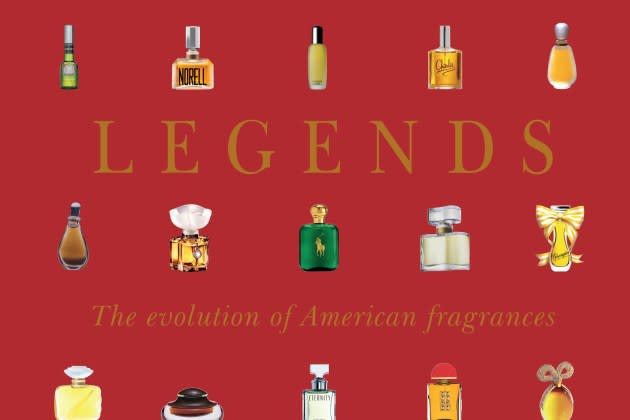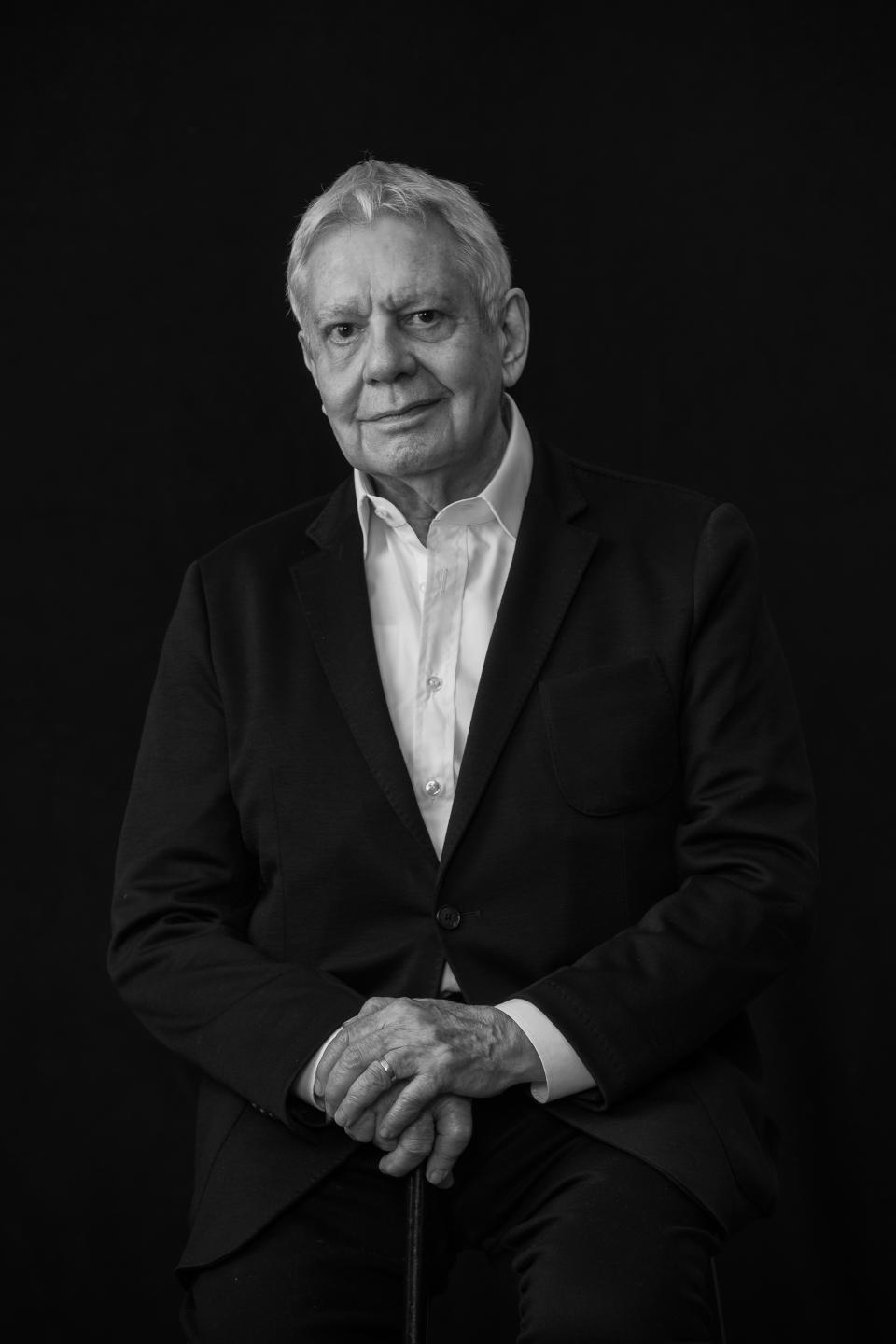New Book American Legends Chronicles the History of Fragrances, From the Oldest to Calvin Klein’s Eternity

Michael Edwards raises the curtain on America’s most iconic fragrances in his latest — and final — tome, “American Legends.”
In the 308-page book, which just published, he begins with the oldest American fragrance in continuous production since 1772, Number Six from Caswell-Massey, and ends with Santal 33 from Le Labo, launched in 2011.
More from WWD
Edwards was surprised by how little people understood the evolution of American perfumery, with the likes of Youth-Dew from 1953 or Norell from 1968, and the pivotal role they played in fragrance history.
Halston in 1975, Oscar de la Renta in 1977, Giorgio Beverly Hills in 1981, Eternity from Calvin Klein in 1988 and Chinatown from Bond No.9 in 2005 were among launches that shook up the perfume industry and are profiled.
“In ‘American Legends,’ Michael Edwards delivers a living history, decade by decade, of fragrance in America,” wrote Leonard Lauder in the forward. “From historical, cultural, industrial and creative perspectives to the personalities behind the world’s favorite perfumes, the book in your hand captures it all.”
There is no one who knows fragrance better than Edwards, who published his first annual Fragrances of the World reference guide in 1984 to help people more easily find perfumes they like. At that time, he already had the notion of “American Legends” in mind.
Estée Lauder was visionary in conceiving Youth-Dew, he recalled.
“Back in the 1950s, American women did not buy perfume for themselves any more than they would send themselves a dozen red roses on Valentine’s Day. It was a gift,” Edwards said. “It was Mrs. Lauder who was the first to articulate it when she said: ‘That’s the problem.’ That is why she came up with a perfumed bath oil.’”
Norell, from Revlon, was another pivotal fragrance.
“It started the change in American perfumery in the ’60s,” Edwards said. “It came out in the upscale speciality stores, and nobody expected it to succeed because those elegant stores deep down didn’t believe that their customers — the wealthy ladies who lunched — were that interesting in perfume.
“Perfume was for ordinary Americans,” he continued. “Indeed, perfume then was a non-event. Most of the sales were in drugstores. But suddenly, Norell hit unbelievable sales.”

That first designer fragrance gave Charles Revson, Revlon’s founder, a way to compete with Lauder.
“He didn’t anticipate the huge success,” said Edwards, adding inadvertently, it opened the door for Lauder.
There was a cascade of transformative American fragrances.
“Perfume must always be related to its time,” Edwards said.
In the 1970s, Baby Boomers became intrigued by luxury fashion labels, and so fragrances by the likes of Ralph Lauren, Halston, Bill Blass and Anne Klein became blockbusters. Also bolstering their success was the labels’ extended reach as department stores began moving from city centers into suburbs as malls expanded.
This translated into big business.
“Halston was extraordinary,” Edwards said. “Two years after its launch, it made $63 million of profit — more than the whole of Max Factor.”
Giorgio, he explained, was the first fragrance causing department stores to regard perfume as a core product.
Edwards kept updating his initial reference guide as the number of new fragrances swelled from 380 annually in the Seventies to 26,000-something today.
In 2019, Edwards published “Perfume Legends II,” an expansion of “Perfume Legends,” out in 1996.
“Every time I wanted to work on ‘American Legends’ I got side tracked — until COVID-19,” he said. “I am glad I left it, because it is my mature book. In some ways, it mirrors my life.
“I started as an assistant to an assistant in England in the 1960s,” said Edwards, who became fascinated with perfume in the 1970s working with Bristol Meyers on deo-colognes.
He rolled out Halston internationally in the 1970s and ’80s and then began his own business mid-1980s.
“Really — life has been perfume. It’s been a fantastic voyage,” Edwards said. “I set out on ‘Perfume Legends’ and ‘American Legends’ to create a textbook for the future. It is in effect an MBA on perfumery.”
“American Legends” is now available for purchase at fragrancesoftheworld.com/americanlegends.
Best of WWD


